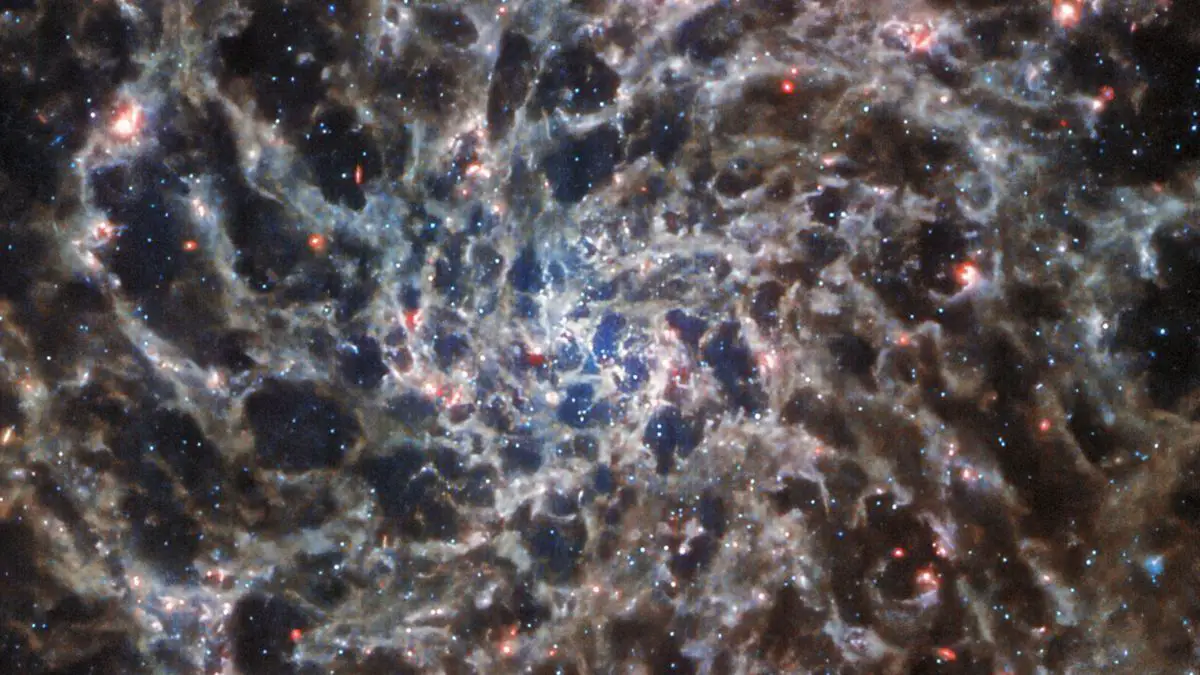inally, a picture of James Webb. The James Webb Space Telescope has at least generated its first in-focus picture. On March 16, 2022, NASA made the picture public and announced that the last stages in mirror alignment had been achieved.
In January, the James Webb spacecraft entered its final orbit. The Webb crew next set to work aligning all of the telescope’s components. The combined power of these instruments is now beginning to become apparent.
According to NASA, the Webb team completed the fine phasing alignment step on March 11th. The James Webb Telescope’s mirrors have now been correctly oriented to function together after the completion of this step. As soon as the mirrors are perfectly oriented, the light will be able to enter the spaceship and be sent to the different equipment on board.
We can see a brilliant star in the center of this first James Webb photograph. Dots, lines, and spirals ring the star. A star or galaxy may be seen in the backdrop of each one of these images. Just looking at this picture helps you realize why the James Webb spacecraft is so exciting to use.
We now get to see what it looks like when all of James Webb’s mirrors work together as a whole in this new picture. To acquire views of stars and galaxies that we could not get previously, the James Webb telescope uses light to gather and then combine it.
Neither is the first photo of James Webb as wonderful as it gets. In order to get the Near-Infrared Camera to function with the mirrors on the spacecraft, the Webb team had to use precision phasing. Afterward, they will have to synchronize the other instruments, too.
Six weeks from now, NASA claims these changes will be made to the system. The Near-Infrared Spectrograph, the Mid-Infrared Instrument, the New InfraRed imager, and the Slitless Spectrograph will all be further aligned during this period. After that, the last adjustments to the alignment will be made before James Webb is put to use.
The first James Webb photograph is stunning, but there is much more to come. As far as we know, the Webb team has a full year of observations scheduled. When the final alignments are completed in May, the company plans to begin working on those.
According to NASA, all of the optical parameters that were examined and tested performed as expected or better than expected. That is incredible news, particularly given the number of projects currently in the works for James Webb. It is also possible that lessons learned from building the James Webb telescope might be used for other projects in the future.
Thomas Zurbuchen, the associate administrator in NASA’s Science Mission Directorate in Washington, said in the press release that the Webb team set out to build the most powerful telescope ever put in space and came up with an audacious optical design to meet demanding science goals more than 20 years ago. When he was done, he said, “Today we can claim that design will deliver.”
The plans for the James Webb space telescope are still a mystery, but we can look forward to seeing more stunning images like the most recent one taken by NASA’s Hubble space telescope.

